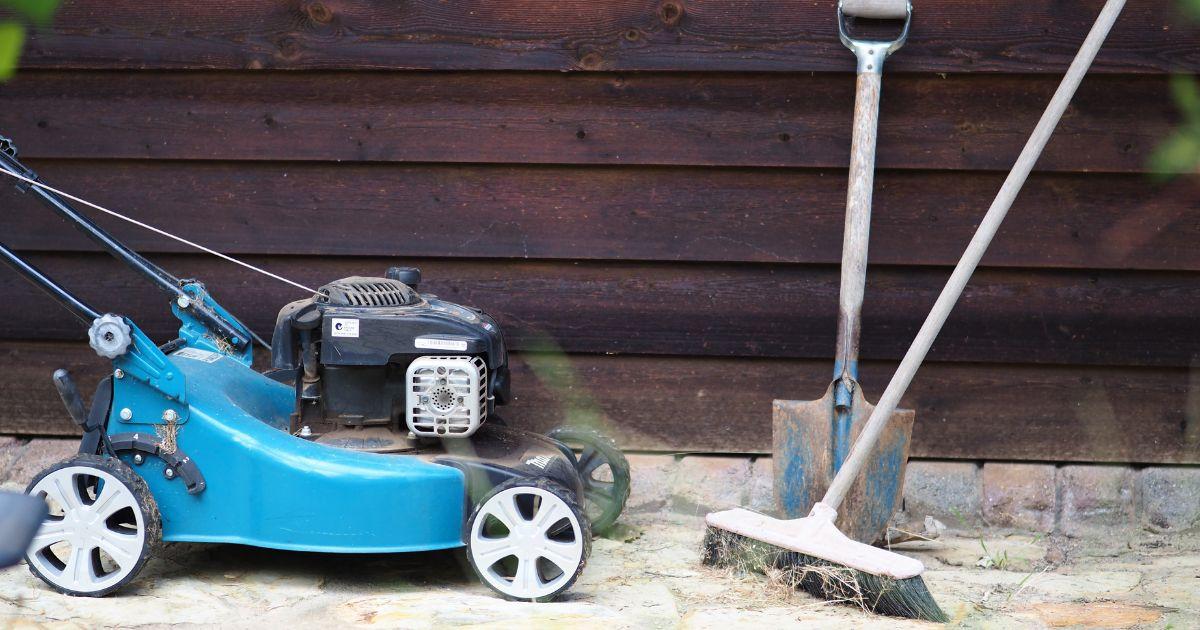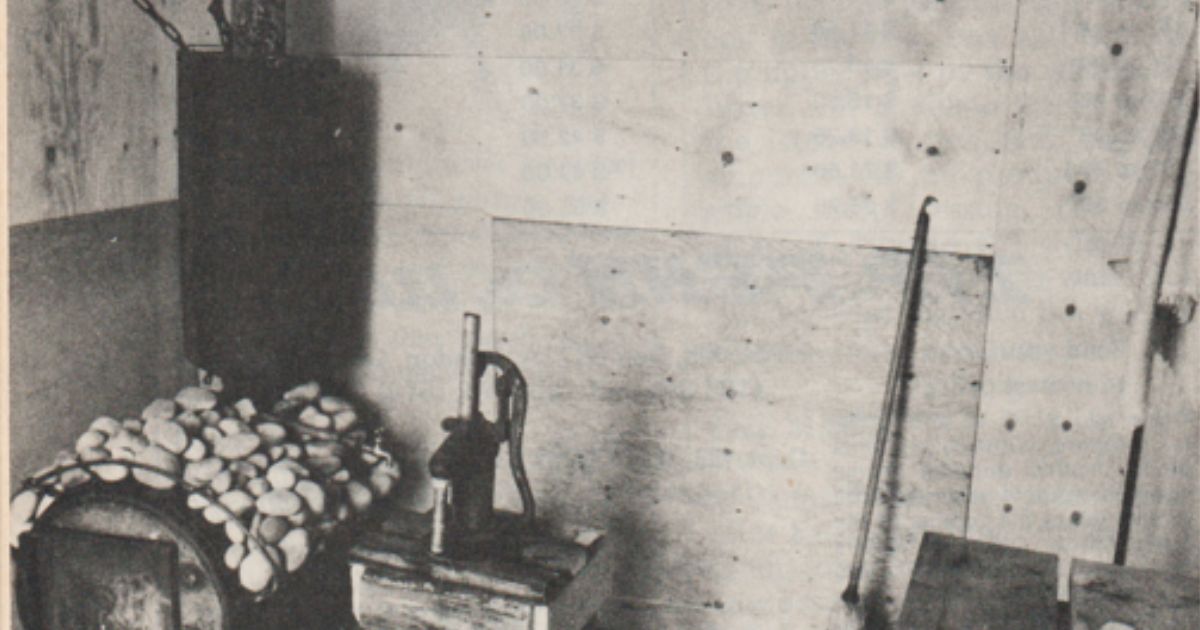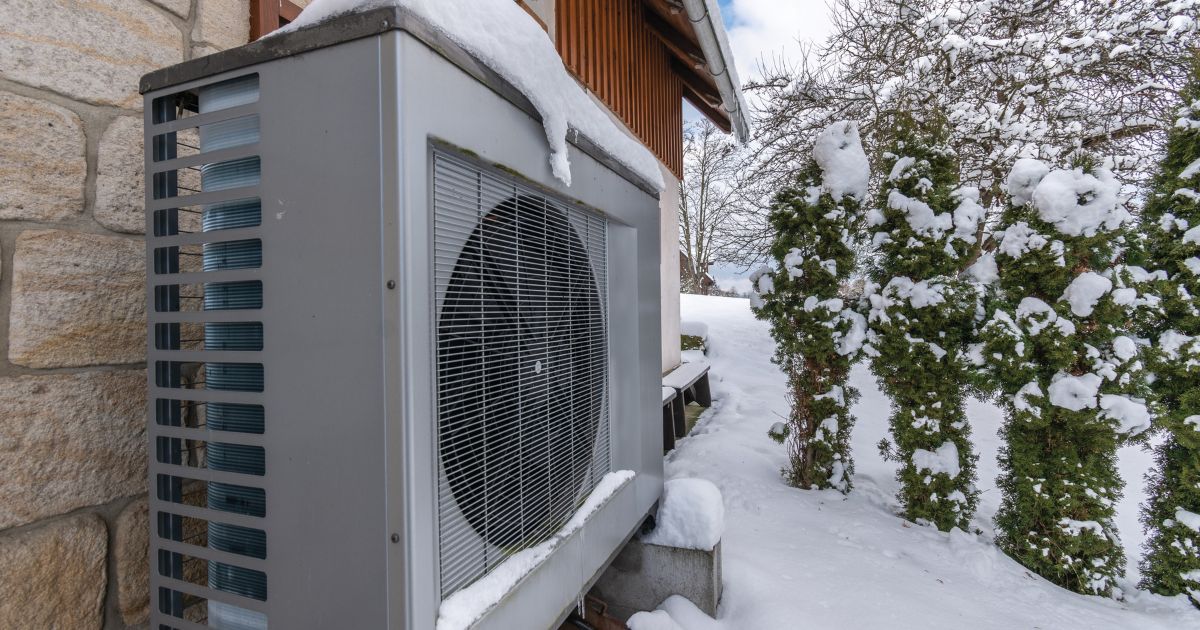If you have a lawn mower, then it needs maintenance TLC if you want it to run properly and cut grass well. A well-maintained mower operates more efficiently, using less fuel and emitting fewer pollutants. This means fewer harmful emissions, such as carbon monoxide and nitrogen oxide, are released into the atmosphere, contributing to better air quality. A mower with a clean air filter and sharp blades produces cleaner cuts, which helps the grass to grow healthier and resist disease and pests without the need for excessive fertilizers or pesticides.
By taking care of your lawn mower, you can help minimize your impact on the environment while maintaining a beautiful and healthy lawn. Complete the eight maintenance items you’ll find here and you’ll enjoy a trouble-free grass-cutting season and a better-looking lawn. Before attempting any of these maintenance items, remove the spark plug wire from the spark plug so there’s no chance the engine will start while you’re working on the mower.
1. Change Engine Oil
It would have been better to change the engine oil in the fall, before storage, but better late than never. Most lawn mowers have four-stroke engines that use a bath of engine oil in the crankcase. This oil should be changed every 25 to 100 hours of operation during the season, but no matter how little you used your mower last year, the oil should be changed before using it this season. Fresh oil is the best protection against corrosion of the crankshaft and engine bearings. Two-stroke lawn mowers don’t have an oil bath crankcase, so there’s no oil to change. Your owner’s manual will tell you what kind of engine you’ve got. Take the used oil to an auto garage or municipal collection facility for safe disposal. Properly disposing of used oil and other mower maintenance materials prevents them from contaminating the soil and water, which can harm plants and wildlife in the surrounding area.
2. Clean or Replace Air Filter
Air filters remove dirt from air before it’s drawn into the engine and burned, and a dirty air filter reduces the power of your mower while increasing fuel consumption. Clean and replace the current filter according to your owner’s manual or install a new one.
3. Clean Underside of Mower Deck
It would have been easier to clean under the mower deck immediately after the last mowing of the season in the fall, when the buildup was moist and soft, but if you didn’t get around to it then, now is definitely the time to do it. All lawn mowers develop layers of caked grass under the mower deck, which can cause poor cutting performance. Set the mower on some sawhorses, tip it up on the ground, and use a small pry bar or stout scraper to remove all caked-on grass. The underside of the deck does not have to be super clean; simply remove any material down to the metal. If the grass clumps are too hard and dry to scrape off, soak the underside of the mower with a garden hose, let the grass soften for an hour, then scrape the deck clean.
4. Inspect Blade
If your lawn mower blade is pitted or the cutting edge is rounded over, remove the blade for resharpening or replacement. A sharp blade is the single most important maintenance item you can do to ensure well-cut grass.
5. Inspect Drive Belts
Most walk-behind lawn mowers don’t have a drive belt, but some self-propelled models do. Your owner’s manual will explain if your mower has a belt and where it is. Inspect the belt for cracks or frayed edges and install a new one if necessary for the coming season.
6. Fill Tank With Fuel
Make sure the fuel is fresh from this spring, not more than a month since it was purchased from the pump. If you have old fuel that sat in a can over winter, add it to your vehicle gas tank next time you get a fill-up. If your mower has a four-stroke engine, it’s made to burn unmixed gas just as it comes from the pump; if your mower has a two-stroke engine, it requires special oil be mixed with the gasoline before it goes into the tank. The owner’s manual will explain how much oil to add to a given volume of gas.
7. Lubricate Axles and Controls
A few drops of machine oil on each wheel axle and all control pivot points makes them work much more smoothly. This is a little thing that makes a big difference.

8. Roll Mower Outside and Fire It Up
If your lawn mower was running well in the fall, it should start up after a few pulls of the cord in the spring, after you replace the spark plug wire. If it doesn’t, remove the air filter and pour a teaspoon of gasoline down the intake port of the carburetor. Replace the filter, switch the ignition “on,” then pull the cord. You should be all set for another great-looking lawn this season.
Steve Maxwell and his wife Mary live on a 90-acre modern homestead on Manitoulin Island, Ontario in a stone house they built with local materials beginning in 1985. Steve is Canada’s longest-running home improvement and how-to columnist and editor of Home and Property. He divides his time working on the land, building things large and small, and creating articles and how-to videos that teach sustainable, self-reliant, hands-on living skills.













